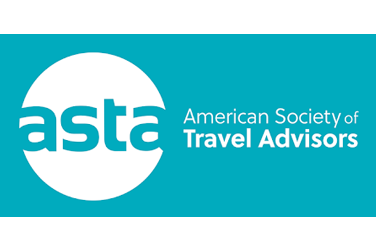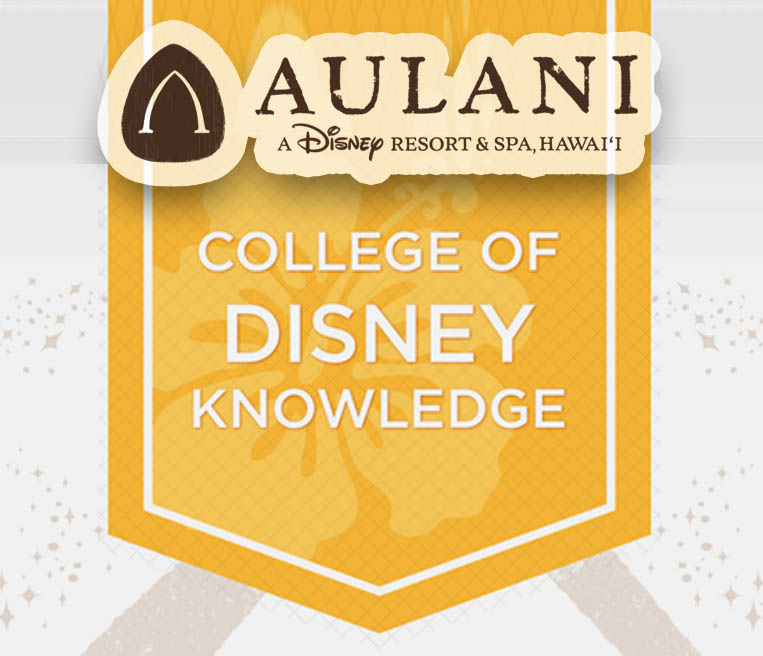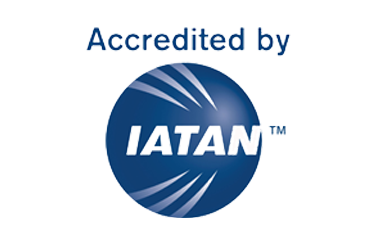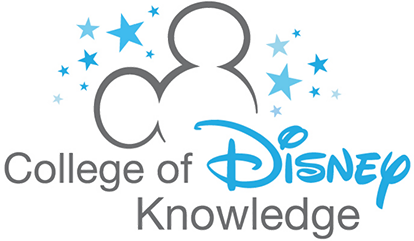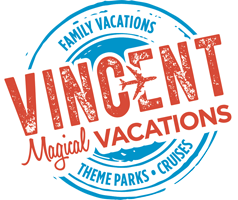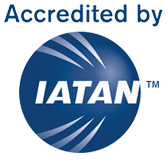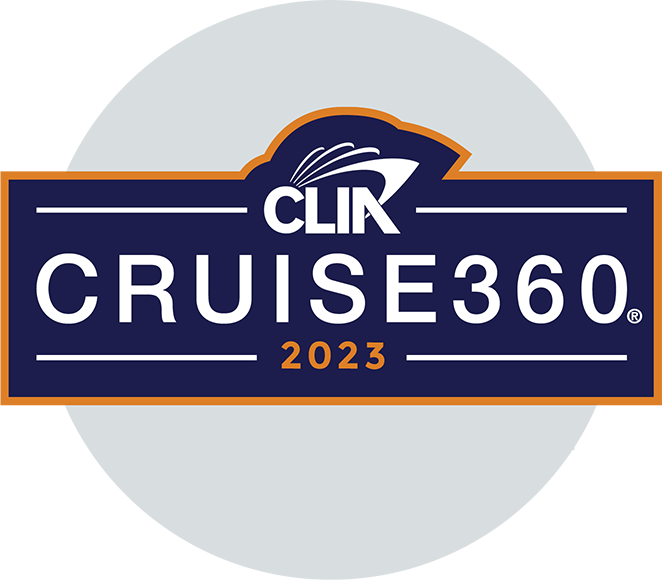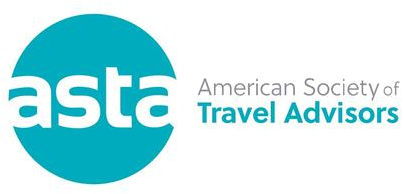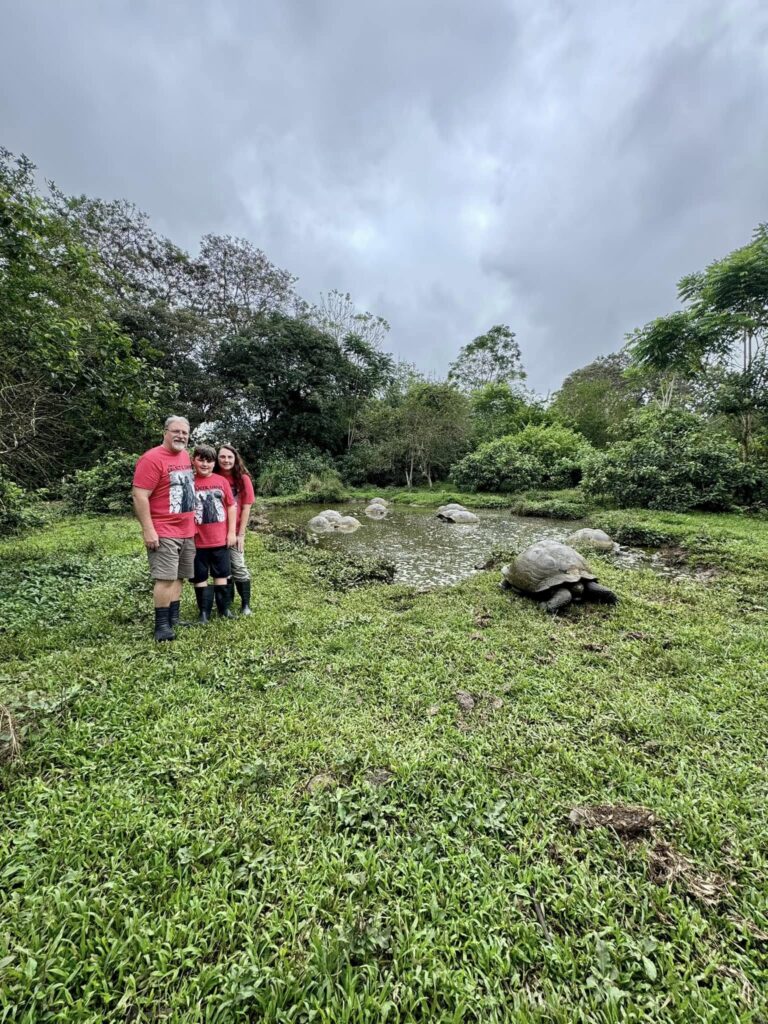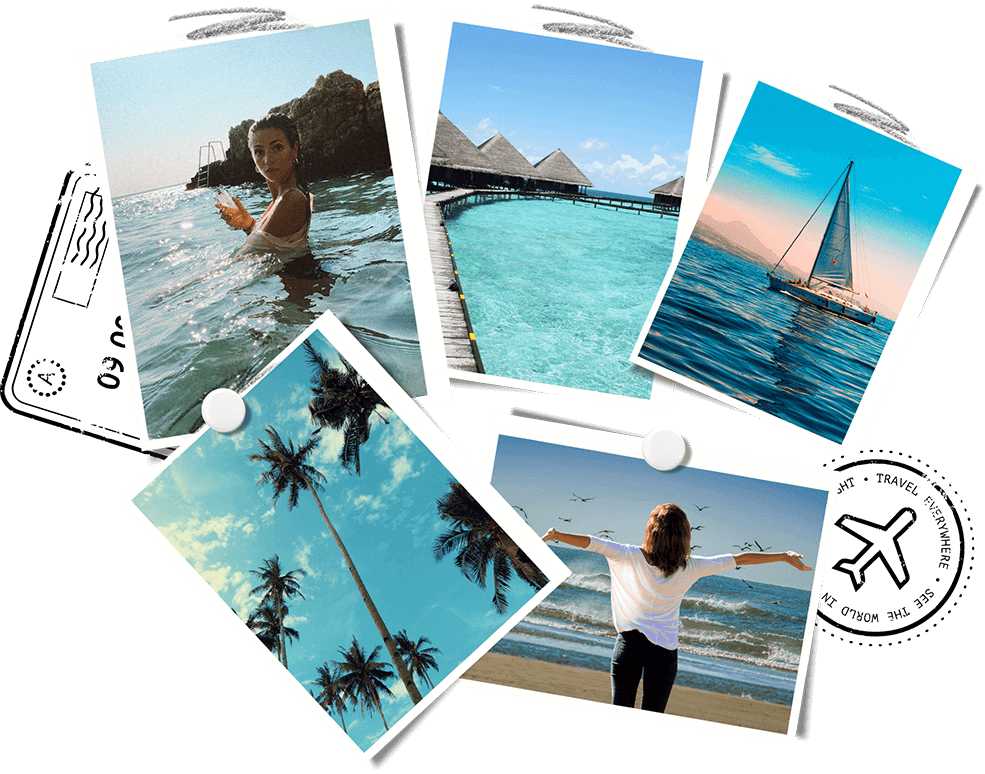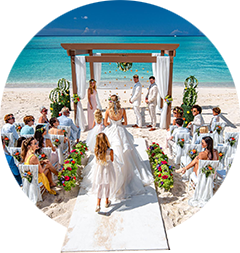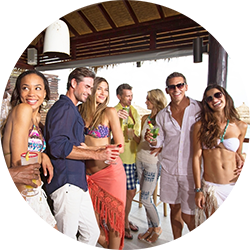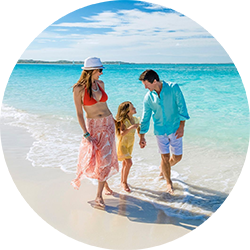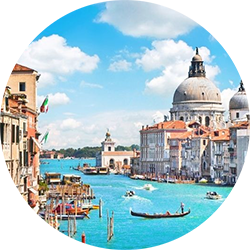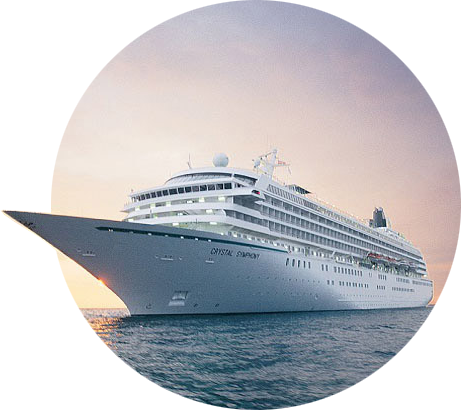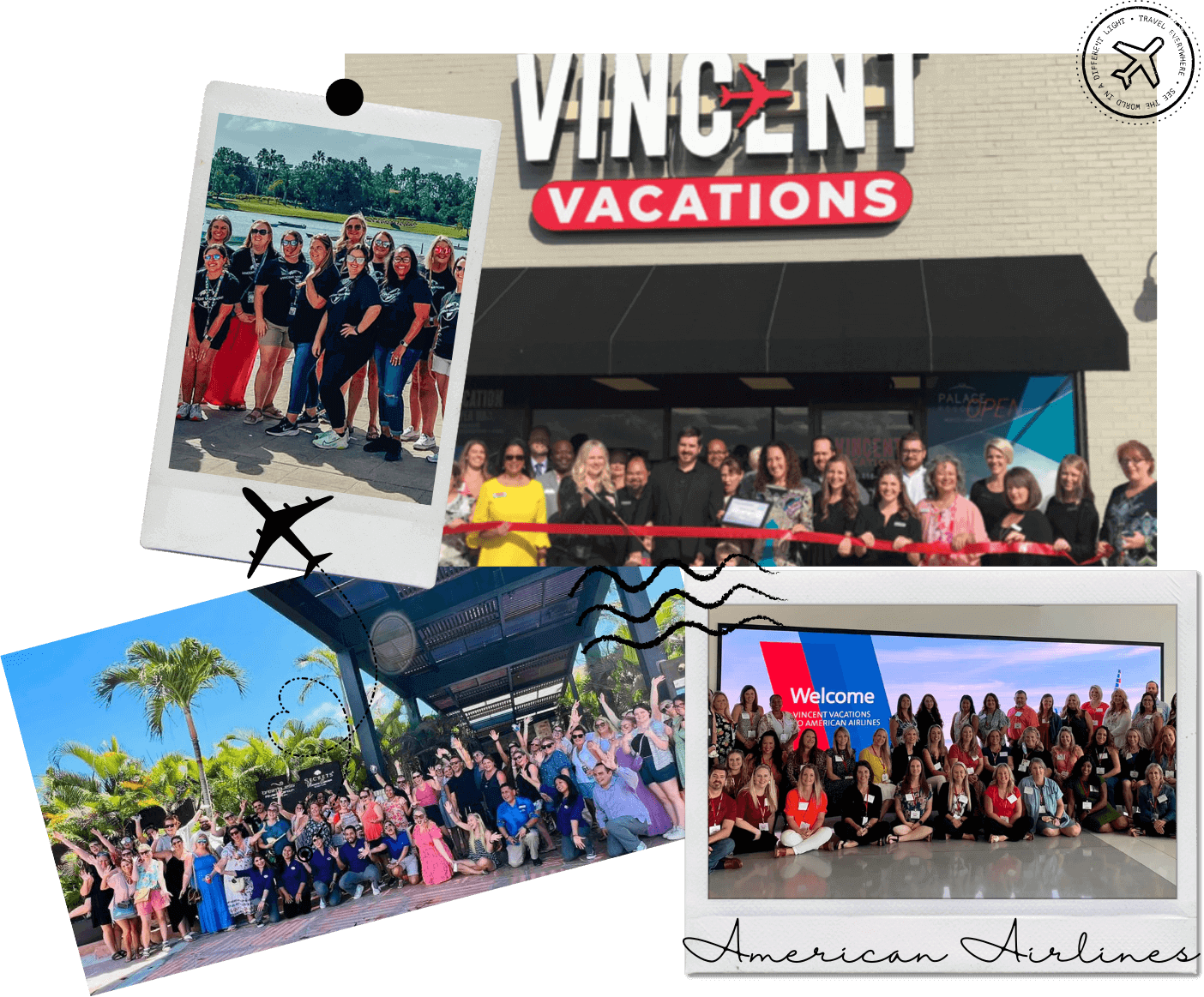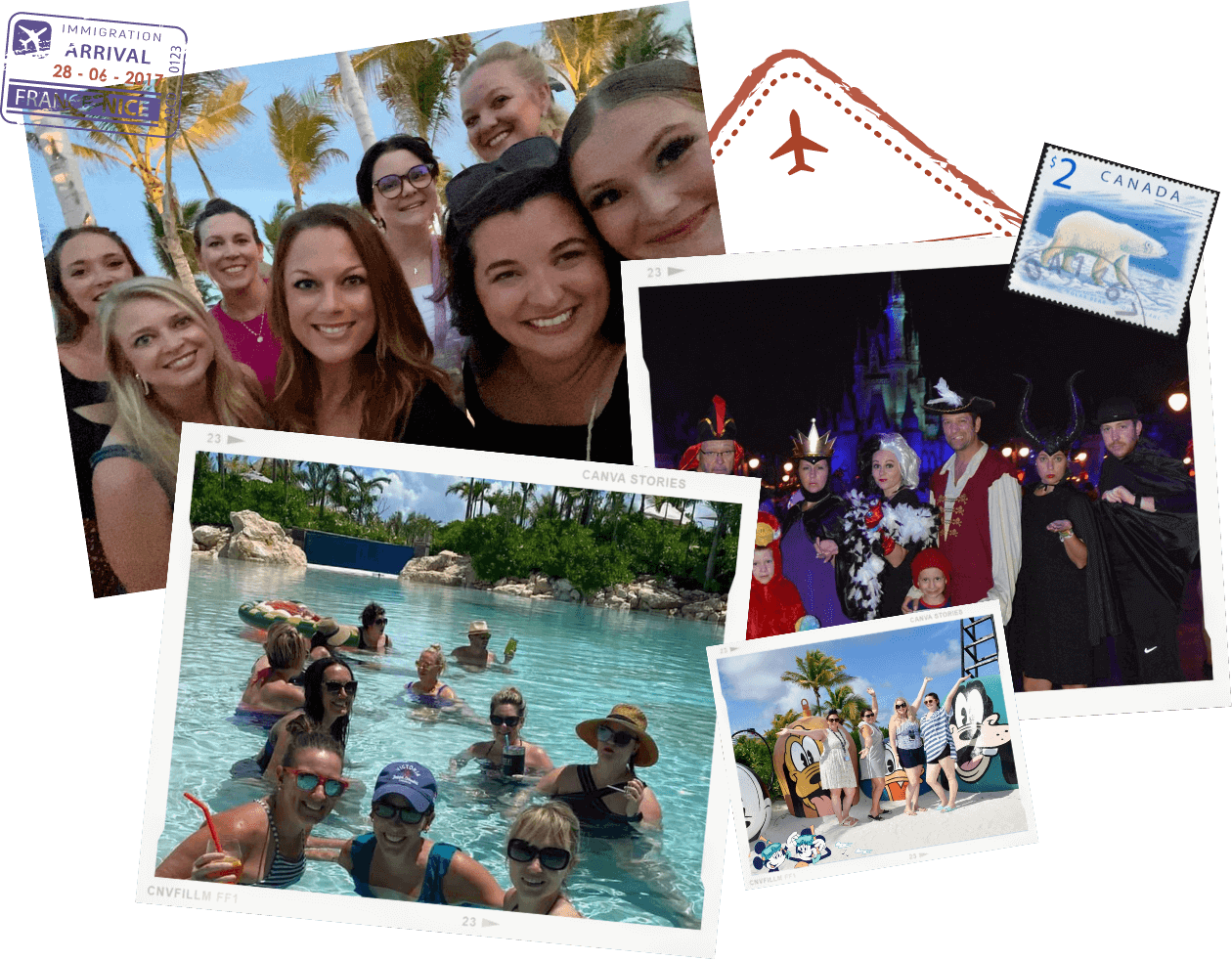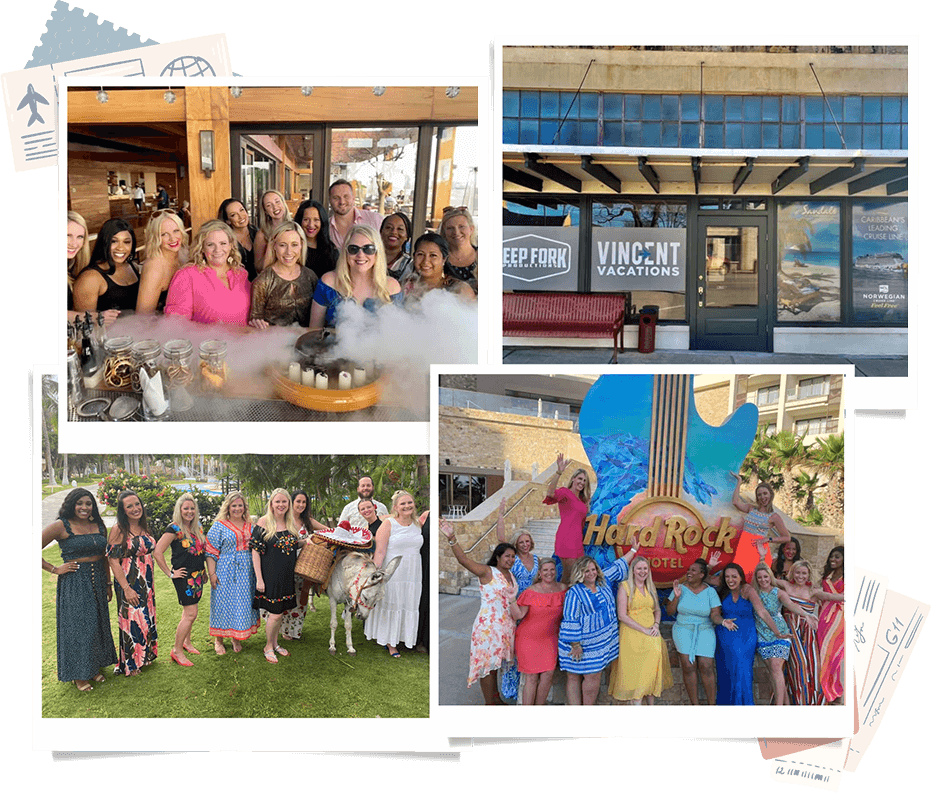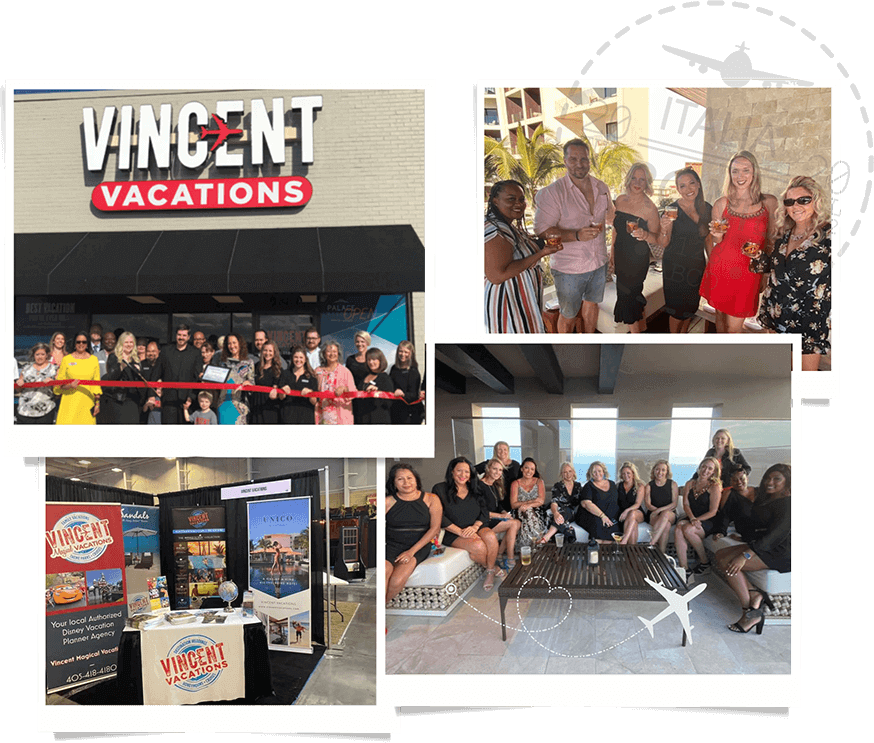We recognize that Disney vacations are not just an investment, but often the highlights of our lives, and we take that responsibility seriously. We want to ensure you have the best vacation experience.
Interested in a job in travel? Click here to learn: How to Become a Disney Travel Agent
Overview
Introduction
The largest of the islands, Isabela has the Galapagos' tallest peak—Volcano Wolf—at 5,487 ft/1,646 m. The island resembles a sea horse when seen on a map. Also known as Albemarle, the island was formed when six volcanoes erupted and melded together. About 2,000 people reside there, mostly on the southern tip of the island in Puerto Villamil. Few cruise ships visit the town, but they do stop regularly at several park sites elsewhere on the island.
Tagus Cove on the western side, across from Fernandina Island, was a favorite spot of pirates and whalers, who scrawled the names of their ships on the surrounding cliffs. Visitors can hike from the bay up a steep hill to Darwin's Lake, the cone of an old volcano that's full of green sulfur and saltwater. Those who continue partway up the base of Volcano Darwin can take in panoramic views of nearby islands. Galapagos penguins and the world's only flightless cormorants are often visible along the shore. Three types of finches that Darwin collected on his visit to Isabela are also present.
Other sites on the west coast that are often visited by cruise ships include Urvina Bay, with giant tortoises, iguanas, flightless cormorants and pelicans; Elizabeth Bay, an aquatic mangrove forest that pangas sometimes explore (with motors off) in search of green turtles, rays and sea birds that inhabit its lagoons and channels; and Punta Moreno, which offers the chance to see a variety of birds, including great blue herons and flamingos.
To see the island's other sites, longer stays are required. Overnight visitors staying at Puerto Villamil can take a bus to the base of Volcano Sierra Negra and then walk or ride horses to its rim for wonderful views. Volcano Alcedo, in the center of the island, used to be the centerpiece of a four-hour hike, but a massive campaign to eradicate feral goats has put a moratorium on this excursion.
The town of Puerto Villamil has a pleasant beach, with a dozen or more cafes, shops and hotels located right on the beach. Nearby is Lover's Beach, a good place to view sea birds. Las Tintoreras is a great location to watch resting whitetip reef sharks, large marine iguanas, rays and Galapagos penguins.
Overview
Introduction
Christopher Columbus founded the first European colony in the New World at La Isabela in 1493. About 115 mi/185 km northwest of Santo Domingo and consisting mostly of bare-bones ruins and a small museum, it's of interest mostly to devoted history buffs and archaeologists; excavations are continuing, however, and the government has for many years touted plans (as yet unfulfilled) to upgrade the site.
A modern church, consecrated in 1994, commemorates the first Mass in the country, which was conducted by the priest who accompanied Columbus.
Nearby Punta Rucia is a small, undeveloped fishing village that is off the beaten track but offers a spectacular beach and teal-blue shallows, plus good diving and fishing. Offshore, Cayo Paraiso can be reached by excursion from Punta Rucia, which is usually visited on guided boat excursions from Puerto Plata. Nearby, Refugio Estero Hondo is a lagoon protecting manatees.

